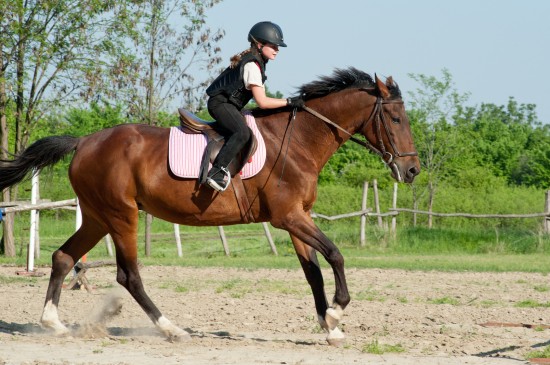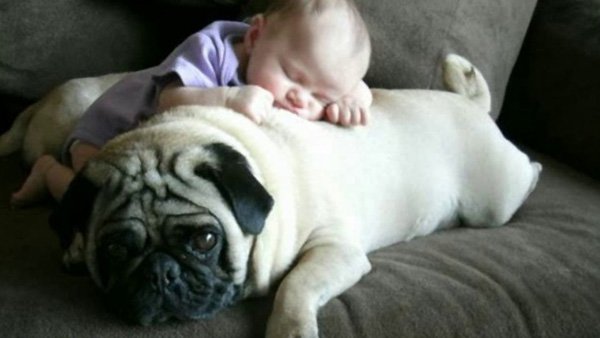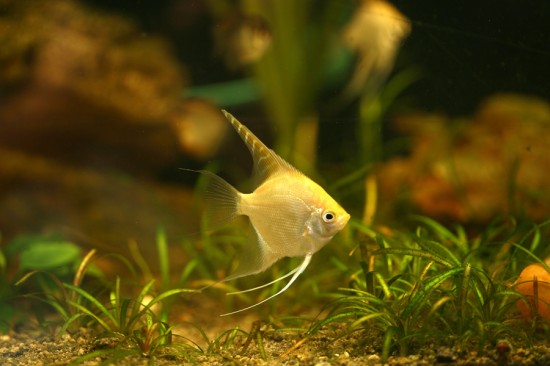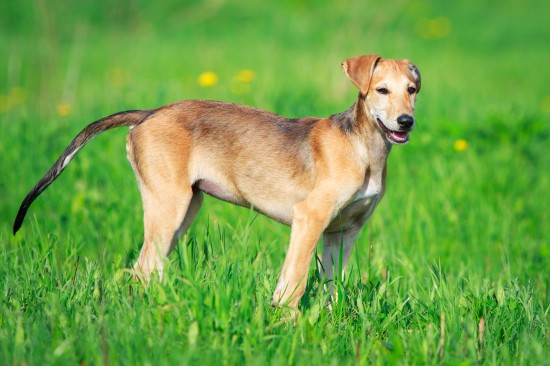
Imagine being on a horse and he bolts. You pull those reins to slow him down but it抯 no use. He resists and the fence posts go whizzing by you as you panic and pray he doesn抰 shift his ... an
Imagine being on a horse and he bolts. You pull those reins to slow him down but it抯 no use. He resists and the fence posts go whizzing by you as you panic and pray he doesn抰 shift his bodyweight and you fly off his back into a post.
It抯 scary to be on a horse that runs on his own volition and can抰 be slowed down. Many people will sell their horse because they抮e so scared of that happening again. How do you keep a horse from bolting like that?
There is a way to temper your horse even if he spots something that scares him and he wants to run in fear. I call it, 揑nstalling an emergency brake.?br>
This is done on the ground while you抮e doing ground training. Every time you work with your horse you should spend a few minutes doing this ?even if you know your horse 揼ets it.?It simply cannot be done enough.
What does it look like when you use the emergency brake on your horse? While you抮e riding, you reach down to either rein. You tightly grab the rein, slide it up your legs along the seam of your pants up to your hips. At the same time, you are loosely holding the other rein. As you do this, your horse抯 nose will be pointing back towards his rear end.
Why does this work? Ever try to run forward while looking backwards? Need I say more? (There are exceptions. Some horses are so limber they will run forward with their nose buried in their sides ?but not many)
But you can抰 simply get on your horse and expect to pull his head back if he takes off. You must do some ground work first. And here抯 what you do.
Put a halter on your horse and hook a lead rope to the halter. Stand on the left side of your horse. Stand by your horse across from his back leg. Take your right arm and put it over his rump. Next, pull the lead rope towards you and rest your left hand on his back.
At this point your horse will resist some. If he pulls his head forward you hold the lead rope in place. Eventually he will move his head back towards you and give into the pull you have on the lead rope. The second he moves his head back towards you then you release the lead rope tension and praise him. In other words, when you see the lead rope has slack in it because he moved his nose back towards you, then release.
Eventually, you want him to touch his nose to his body. That抯 the goal you抮e shooting for because the more his head comes around the better control you will have. Also, there抯 a second goal you抮e shooting for. When you pull the lead rope around to bring your horse抯 head back, you want it to be where you don抰 pull. He moves his head back for you. As you pull on the lead rope his head moves back with no exertion from you. His head follows. It抯 called being responsive. This is important because when you抮e riding your horse and you have to pull his head around you don抰 want to have a tug of war while you抮e riding a bolting horse. You want him to automatically do it.
At first your horse won抰 be able to touch his nose to his body. So you start with small successes. At first you pull his head back towards you until you get resistance. When you do, hold the lead rope tension. Don抰 make the tension more or less, simply hold it there. The second he looks back toward you more and creates slack in the lead rope, you give him immediate relief and take the tension off the lead rope completely. Then you tell him what a good boy he is. Pet him too. Let him know that抯 just what you wanted.
As you do this, you will want him to bring his head farther and farther back until he begins to touch his nose to his body. Don抰 try to get him to touch his nose to his body within the first one or two ground sessions. That抯 rushing it and you likely won抰 make it happen. This takes time to get your horse to understand what you want him to do.
Remember to do this on the other side of your horse too. What your horse can do on his left side, he should be able to do on his right side.
When you have your horse touching his nose to his side, then you抮e ready to get on him and test his emergency brake. Get on your horse and go for a test ride. If he starts to run and you don抰 want him to, grab a rein and pull his head around. Don抰 jerk the reins卲ull. Then boot him into a circle. When he slows down or stops like you want him to then release the pressure. Remember to do it on the left and right reins.
If your horse doesn抰 easily touch his nose to his body while riding him, then you need to have him practice it more. Also, before you go riding have him touch his nose a few times on each side with the bit in his mouth. Doing these things will cinch your riding into a pleasant experience.
 All About Girth Galls & Saddle Sores
All About Girth G
All About Girth Galls & Saddle Sores
All About Girth G
 Utilizing a Greenhouse as an Animal Sanctuary
Utilizing a Greenhouse as an Animal Sanctuary
Utilizing a Greenhouse as an Animal Sanctuary
Utilizing a Greenhouse as an Animal Sanctuary
 Something Smells Fishy; Keeping Your Fish Tank From Smelling
Something Smells
Something Smells Fishy; Keeping Your Fish Tank From Smelling
Something Smells
 Some Unusual Sighthound Breeds You May Not Know Of
Some Unusual Sigh
Some Unusual Sighthound Breeds You May Not Know Of
Some Unusual Sigh
 Pet Care Training and Grooming Tips for Your Beloved Dogs
Pet Care Training and Grooming Tips for Your Beloved Dogs
Pet Care Training and Grooming Tips for Your Beloved Dogs
Pet Care Training and Grooming Tips for Your Beloved Dogs
Copyright © 2005-2016 Pet Information All Rights Reserved
Contact us: www162date@outlook.com